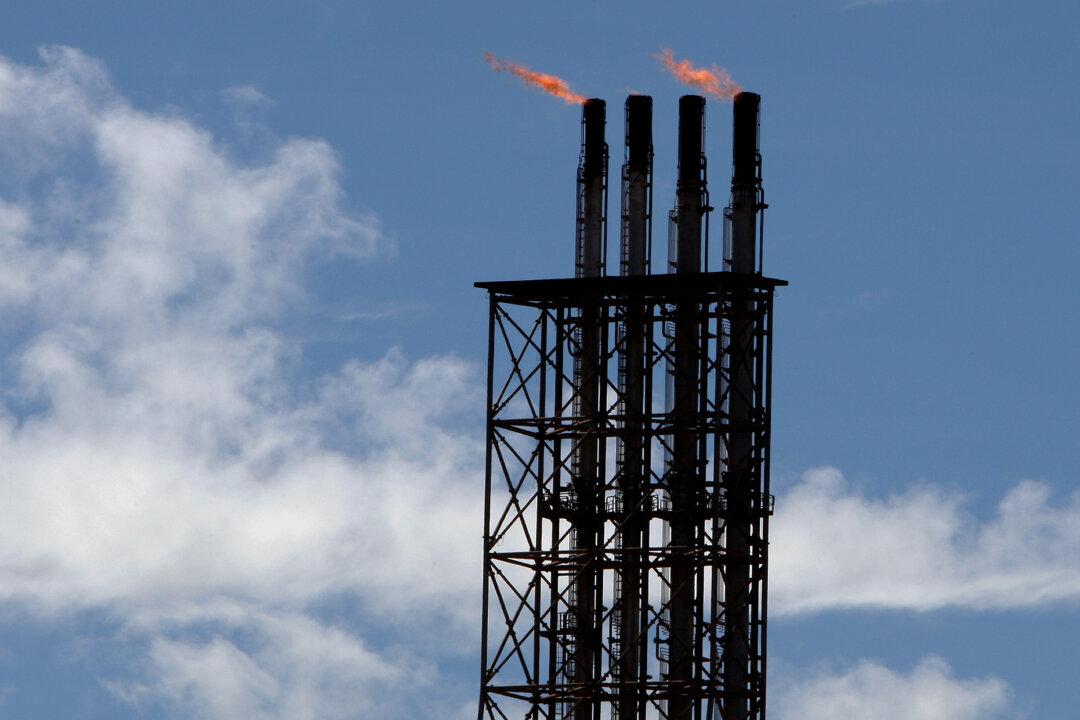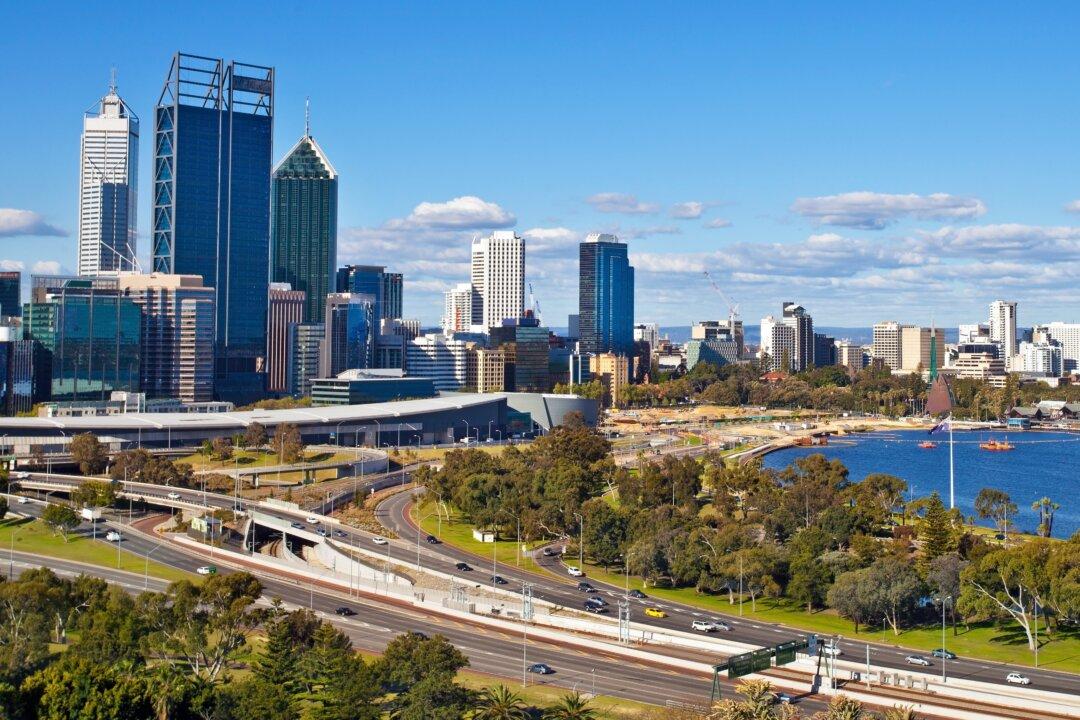Western Australia (WA) will need to start developing new sources of gas very soon to avoid a deficit in the next few years, Australia’s energy monitor has said. Meanwhile, similar concerns are brewing nationwide.
The Australian Energy Market Operator’s (AEMO) annual gas outlook for WA has projected a gap in supply between 2025 and 2027, with concerns alleviated after 2027 following the completion of Woodside Energy’s Scarborough gas project.





